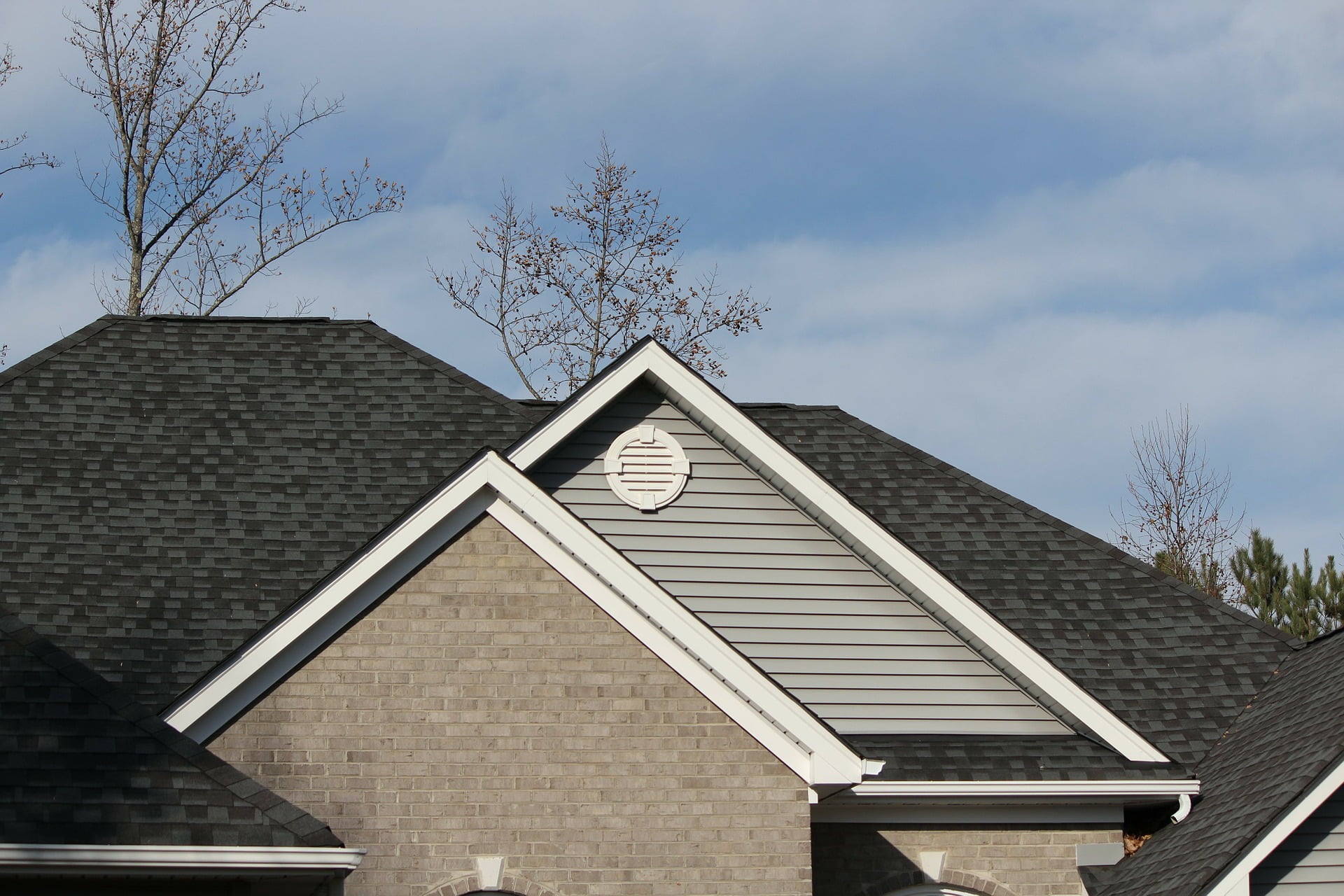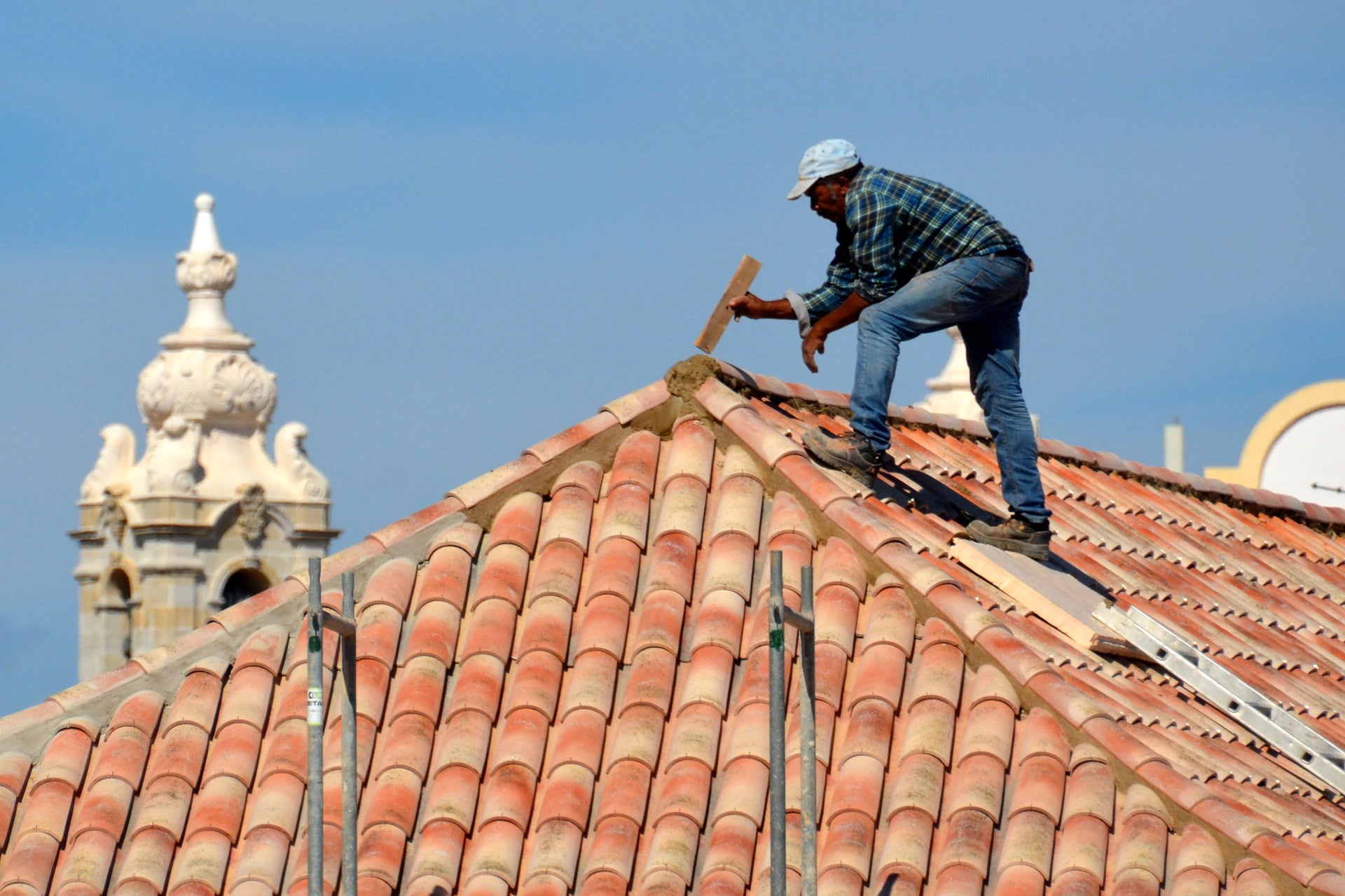There are certain aspects of home repair that are more important than others. A roof replacement is one home repair where you do not want to delay or cut any corners. If you have a old or leaky roof, it can cause thousands of dollars in additional damage to the house. It is best to repair your roof before it has the chance to give out on you. While replacing your roof may not seem like the most glamorous home renovation to spend your hard earned money on, it is definitely worth the investment. This basic guide on roof replacement will help you learn all you need to know before making such a big financial investment.
Materials
The first consideration of roof replacement is what kind of material you plan on putting on your roof. This decision will be largely based on price, region, and roof pitch. Here is a list of the most common materials used in roofing.
Asphalt Shingles
Asphalt shingles are probably the most common material used in roof replacement. They are also the most cost effective material choice. They make a good choice for roofing material because they are cheap and easy to install. However, they are rather plain and less attractive than other roofing material options.
Wooden Shingles
Another type of roofing material used in roof replacement are wood shakes or shingles. They look pretty great and can add a lot of curb appeal to your home. However, they do come with a hefty price. They are much more expensive than the asphalt shingles. They are also not recommended in regions where there are concerns about fires.
Metal Roofing
Recently, metal roofing has become an increasingly popular choice. Metal roofs can be made of steel or aluminum. While they are a pretty expensive roof option, they are extremely durable. Making them more cost effective in the long run. Another thing to consider with metal roofing is that you may need a specialty contractor to install metal roofing. This will also add to the cost of your new roof.
Slate and Composition Slate
Slate is a beautiful material to have on your roof. Unfortunately it is very heavy and extremely expensive. For homes that can’t handle the extra weight, or for wallets that can handle the extra cost, there are other solutions. Composition slate is made of recycled materials. They resemble slate in appearance, but they are much lighter. They are also a more hearty option than slate tiles, and are less likely to be damaged.
Ceramic and Clay Tiles
The final roofing material you can use in your roof replacement are clay or ceramic tiles. These are typically associated with certain regions. Southern California, Nevada, and Florida boast these Spanish inspired tiles on many of their suburbs. Ceramic and clay tiles are fire proof which is helpful. Unfortunately, they are also pretty heavy. For this reason, metal roofing is slowly replacing these tiles.
Time Expectations
If you use a roofing contractor you will be surprised in how quickly and efficiently the team can complete the job. These professionals know what they are doing, and how to finish a job quickly. You can expect your new roof replacement to take anywhere from 2-5 days depending on the size of your roof, the number of workers available, and the materials used. Most roof replacements are done between early spring and late fall. If time is not a concern you may want to consider replacing your roof during the off season. Hiring a contractor during the off season often comes with significant savings. The only downside is that there will most likely be a smaller team working on your roof, so it may take a day or two longer.
Basic Process of Roof Replacement
Removing Old Shingles
The first step of roof replacement is to remove the old shingles. It used to be common practice to leave the old shingles on, and simply lay a new layer on top. However, most regions have banned this practice for a number of reasons. The first is that having more than one layer of shingles on can become quite heavy. The structural integrity of the roof may not hold up when there are multiple layers of shingles. The next reason is that if your old roof had bumps or bubbles that needed to be fixed, adding a new layer on top will just compound those problems. Even if you live in an area that allows you to lay shingles on top of an existing layer, I would take careful consideration before moving forward.
Repair the Roof
The next step is to repair the roof. This typically involves nothing more than a hammer and a few roof nails. If there are large areas of bad or rotted wood, you will need to remove the wood and replace it with new plywood sheathing.
Prepare the Roof for Water
After you or your contractor has made all necessary repairs, it is time to prep your roof for the new shingles. There are many things that need to be done in order to be ready for new shingles. Some of the preparations include laying asphalt roofing paper over the plywood sheathing. This layer creates an extra barrier against water. You may also need to apply metal drip edging around the edge of the roof. In areas where snow and ice are a concern you should also create ice guards or ice dam protection. This is a synthetic waterproof barrier designed to stop ice from backing up under the shingles or forming dangerous icicles. Finally you should apply new valley flashing along areas of concern. These areas include where two roof planes meet, the chimney, skylights, or vents. Basically anywhere there is a risk of water leaking into the house.
Install New Roofing
Laying new shingles may be the longest and the most tedious task of your roof replacement. Start laying the shingles down near the eaves and work your way up towards the peak of your roof. At the peak you will need to install a ridge vent to help with air circulation in your attic space. This will be helpful in preventing ice dams and exhausting hot air.
In Conclusion
Hopefully this guide will give you a little more confidence in your roof replacement. Understanding the materials being used and the basic roof replacement process will help you make the decisions that will be the best for your home and wallet!
Related Article: Best Roof Sealant to Fit Your Needs









